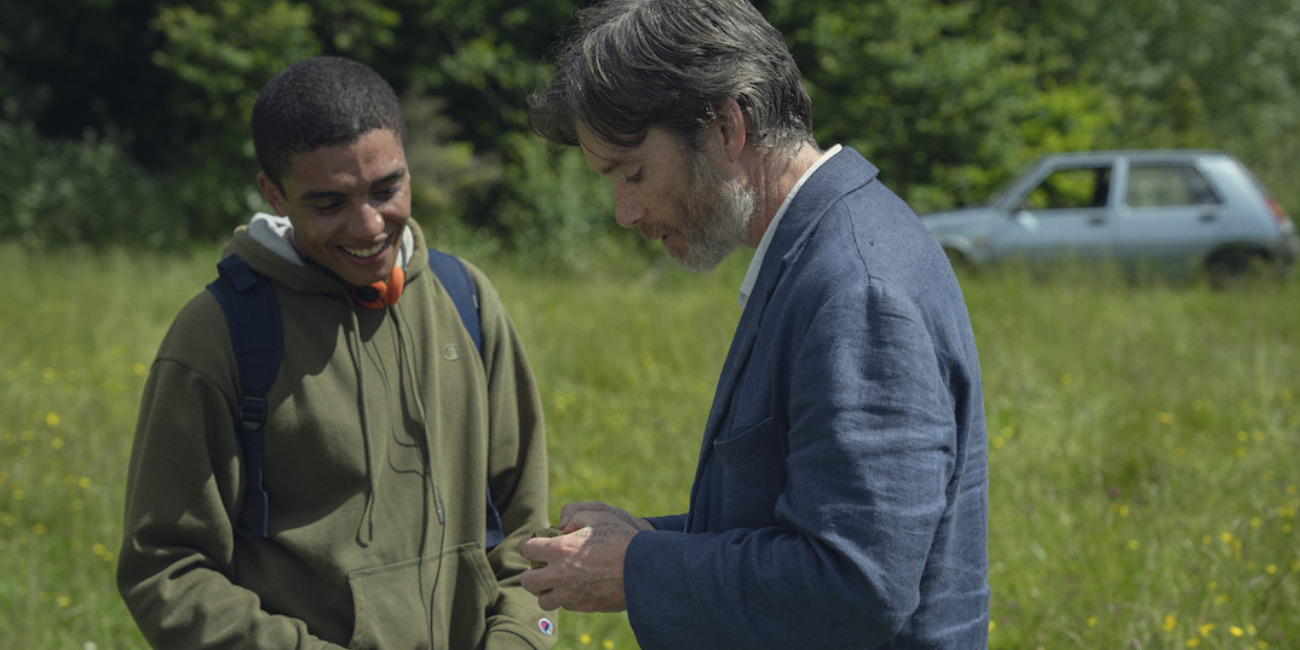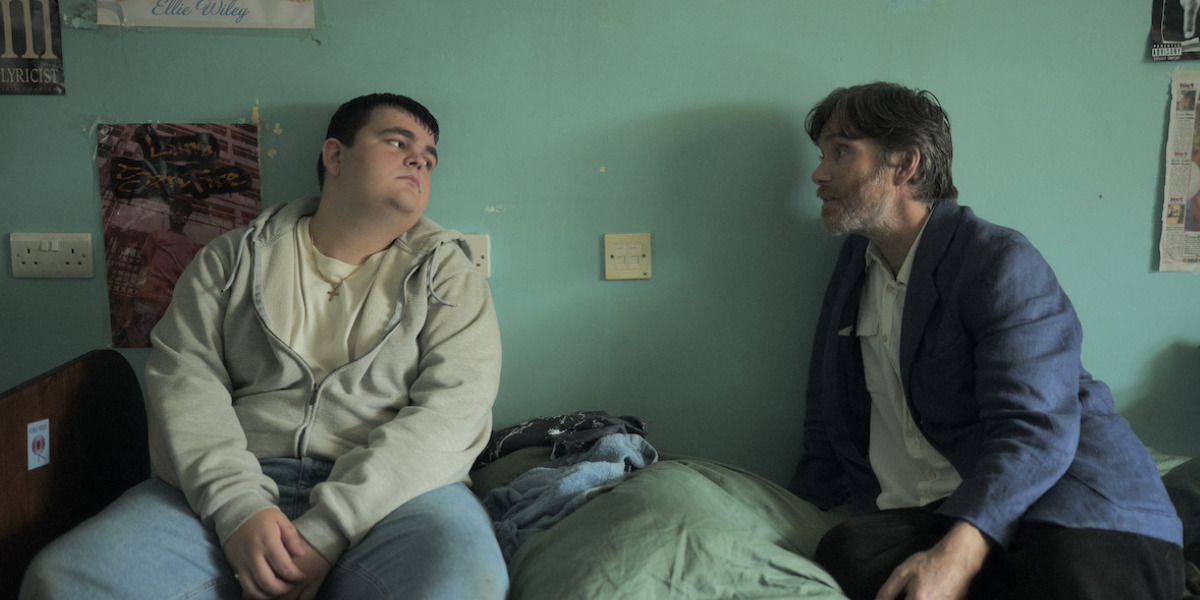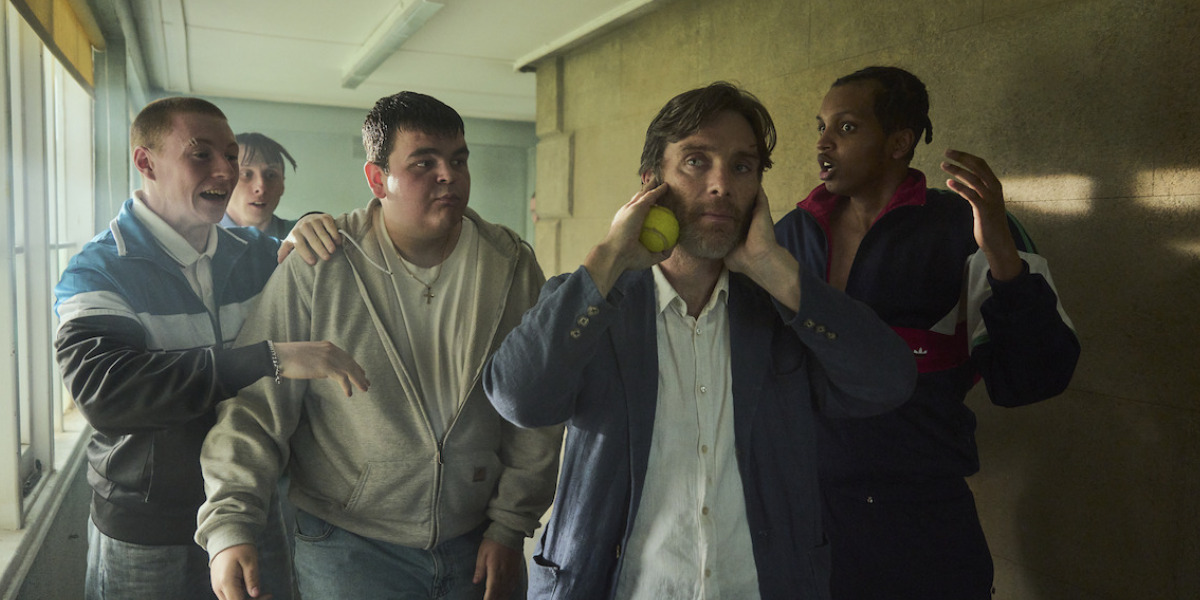Netflix’s ‘Steve’ is an emotionally stirring tale that takes the viewers to the UK-based reform school of Stanton Wood, an understaffer, underfunded, and underresourced institution full of resilient life and hope. Directed by Tim Mielants, the drama film follows a day in the life of the titular character, who is the head teacher at the establishment. Although he cares deeply for all his students, the educator also struggles with his own demons, which are only worsened when the school receives some jarring news about its ability to continue to function. Simultaneously, one of the students, Shy, grapples with a new, jarring reality after receiving some upsetting news from his family. The story, interspersed with documentary-style interviews that seamlessly blend in with the narrative’s flow, presents an immersive and deeply resonant account that delves into themes of youth reform and mental health. As a result, Steve and his story remain one of authenticity and realism.
Steve is a Reimagining of Max Porter’s Novella
In ‘Steve,’ viewers are introduced to complex, nuanced, and deeply realistic themes explored through a fictitious narrative. Thus, while the characters and their experiences sustain a unique sense of authenticity, the story itself remains a work of fiction. With a screenplay penned by Max Porter, the film is based on a novella by the same writer titled ‘Shy.’ First published in 2023, ‘Shy’ is a contemplative exploration of a young man’s struggles with mental health as he feels trapped within his own circumstances. In the novella, the titular protagonist lives at Last Chance, a rural boarding school populated with similarly troubled young men and a handful of dedicated teaching staff. In the story, Porter examines and inspects the emotional turbulence that his main character faces while also exploring the world’s socio-political impact on him as an individual. The story’s setting in the 1990s presents an effective tool in enhancing these same thematic elements.

While working on the novella, Porter was eager to highlight the political reality of the contemporary landscape. Yet, instead of creating a blatant and obvious premise that might run the risk of detracting from the story’s character-driven narrative, the author chose to set the story back in the 90s. As a result, he was able to provide commentary on the impact of a conservative government and its disregard for and elimination of social work. Furthermore, by grounding his story in a pre-social media world, he got to create dynamics between the teenage characters that rang true on a more personal level. Discussing his work in a conversation with Esquire, Porter said, “I only wanted to get to the fact that actually, rather than being society’s waste product, these boys are, in fact, a highly sophisticated social unit, working out the nuances of class, and gender, and sexual freedoms and race.” Since the author remains significantly attached to the on-screen interpretation of his novella, ‘Steve’ holds onto these same intentions and foundations, shining an authentic light on the otherwise fictional story.
Steve Explores Youth Reform Through the Eyes of an Educator
One notable difference between Max Porter’s ‘Shy’ and Tim Mielants’ Steve’ stems from the shift in perspective of their main characters. Both stories pitch their respective titular characters as the protagonists in their tales. While this still allows the narrative to retain the thematic similarities between both media, it also leads to a notable switch in the story’s lens. Thus, although the events between the book and the on-screen story remain similar, the audience’s perspective on it changes. The decision to bring Steve out as the central character in the film came from the author/screenwriter himself. Porter made this instrumental creative decision influenced by his experiences during the book tour for ‘Shy,’ wherein he had the opportunity to interact with many readers.

Describing the same, Porter told Deadline, “(And) I expected some people to say, you know, I was Shy, and I liked this and understood this book, and I expected people to say, I’m a parent of a Shy and I liked and understood this book. But what was happening more and more was that people were standing up, saying, I’m a teacher or carer or run a facility for kids comparable to this. Their feedback was the thing that was sort of most generative for me and most interesting. So I had this idea that we could, you know, rewrite the whole book, twist it on its axis from Steve’s point of view.” Consequently, when Cillian Murphy approached him with the idea of collaborating on a project, the author came up with the idea of a cinematic retelling of his book through the eyes of Steve’s character.
Steve is a Fictional Character Who Explores the Realities of Mental Health
Much like the film itself, Steve’s character also remains a work of fiction, whose creation can be credited to screenwriter Max Porter, who is also the author of the source material. Initially, the educator character was only a side character who made up the world around the protagonist of the novella ‘Shy.’ Nonetheless, Porter began to work more extensively while working on the film’s screenplay. Notably, during this second round of the story’s creation, the writer had actor Cillian Murphy in mind for Steve’s on-screen portrayal. Therefore, even though Porter never explicitly based the character on his actor’s characteristics, it allowed for a more seamless performance.

Additionally, even though the film shifts perspectives from a student to an educator, the narrative’s focus on topics of mental health, social reform, and resilience remains. Much like the students he guides, Steve’s character also has an intimate relationship with his mental health, as affected by his own issues and complications, involving alcoholism and more. In a way, this heightened focus on the educator’s experiences depicted in tandem with Shy and his classmates’ experiences underlines a unique truth about the realities and possibilities of living with mental illnesses. As a result, the story gets to maintain its connections to deeply relatable and universally resonant topics while highlighting the importance of the rehabilitation and care of even the most troubled of young people.
Read More: Where Was Netflix’s Steve Filmed? All Shooting Locations


You must be logged in to post a comment.